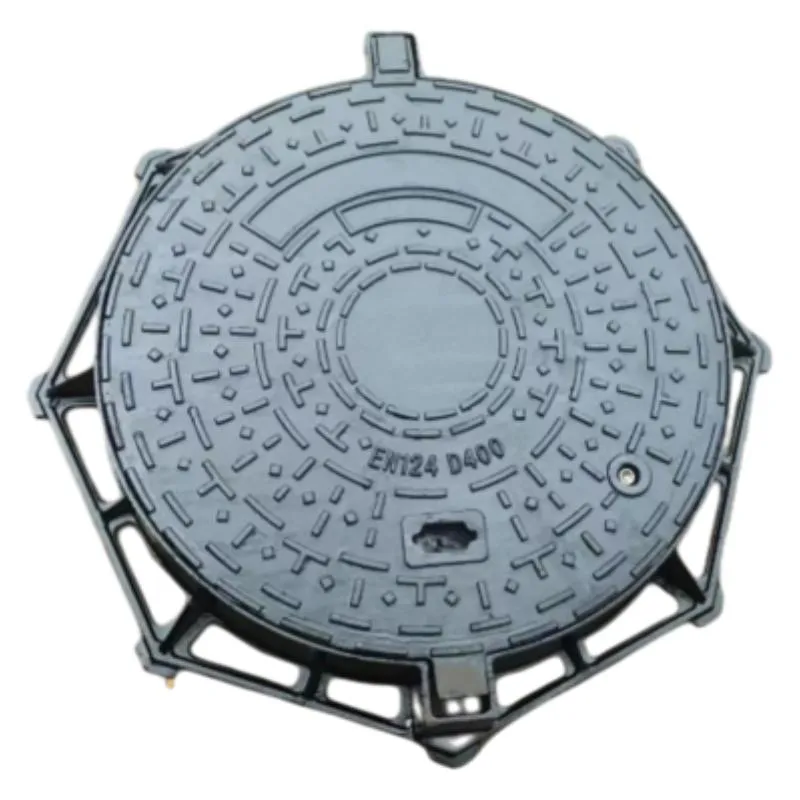Gas Control Solutions with Efficient Butterfly Valve Technology for Optimal Performance
The Role of Butterfly Valves in Gas Applications
Butterfly valves are a crucial component in various industrial applications, particularly in the management and control of gas flow systems. Known for their simple design and reliable operation, these valves offer significant advantages in terms of efficiency, reliability, and maintenance. Understanding the functionality of butterfly valves and their applications in gas systems is essential for engineers and operators alike.
What is a Butterfly Valve?
A butterfly valve is a type of quarter-turn valve that consists of a circular disc or plate mounted on a rotating shaft. The disc is positioned in the middle of the pipe and controls flow by rotating to open or close the flow path. When the valve is fully open, the disc aligns with the direction of the fluid flow, minimizing resistance. Conversely, when closed, the disc blocks the flow, effectively sealing the system.
Advantages of Butterfly Valves
1. Compact Design Butterfly valves are often preferred in gas applications because of their space-saving design. They are considerably smaller and lighter than other types of valves, such as gate or globe valves. This compactness is essential in applications where space is limited, such as in pipelines or gas distribution networks.
2. Quick Operation The quarter-turn operation allows for rapid opening and closing, enabling quick response to changes in system pressure or flow requirements. This feature is particularly important in gas systems where rapid adjustments may be needed for safety or operational efficiency.
3. Lower Pressure Drop Butterfly valves create less turbulence and resistance to flow compared to other valve types. This characteristic results in a lower pressure drop across the valve, making them particularly suitable for gas applications, where maintaining pressure is critical.
4. Versatility Butterfly valves can be used in various gas service conditions, from high-pressure to low-pressure systems. They are available in different materials, including stainless steel, plastic, and metal alloys, allowing for compatibility with numerous gases, including corrosive and non-corrosive substances.
butterfly valve gas

5. Cost-Effective The simplicity of the butterfly valve design contributes to lower manufacturing and installation costs. Their minimal maintenance requirements further enhance cost-effectiveness over the valve’s lifespan.
Applications in Gas Systems
Butterfly valves find extensive use in several gas-related applications
- Natural Gas Distribution In natural gas pipelines, butterfly valves are employed to control the flow of gas to different regions. Their quick operation and reliability make them suitable for this vital infrastructure.
- Chemical Processing In facilities that handle gaseous chemicals, butterfly valves are used to regulate flow within the system, ensuring safe handling and precise control of gaseous reactants.
- Power Generation In power plants, butterfly valves manage the flow of gas used in combustion processes. Their efficiency helps to optimize fuel consumption and energy production.
- HVAC Systems In heating, ventilation, and air conditioning (HVAC) applications, these valves control the flow of gas used in heating systems, helping to maintain comfort and energy efficiency.
Conclusion
Butterfly valves play an integral role in gas systems, offering benefits that enhance operational efficiency and safety. Their compact design, rapid response, and versatility make them ideal for various applications, from natural gas distribution to chemical processing. As industries continue to evolve, the demand for effective flow control solutions like butterfly valves will only grow, underlining their importance in modern engineering and industrial practices. Whether you are involved in design, installation, or maintenance, understanding butterfly valves is essential for optimizing gas flow systems.
-
The Smarter Choice for Pedestrian AreasNewsJun.30,2025
-
The Gold Standard in Round Drain CoversNewsJun.30,2025
-
The Gold Standard in Manhole Cover SystemsNewsJun.30,2025
-
Superior Drainage Solutions with Premium Gully GratesNewsJun.30,2025
-
Superior Drainage Solutions for Global InfrastructureNewsJun.30,2025
-
Square Manhole Solutions for Modern InfrastructureNewsJun.30,2025
-
Premium Manhole Covers for Modern InfrastructureNewsJun.30,2025
